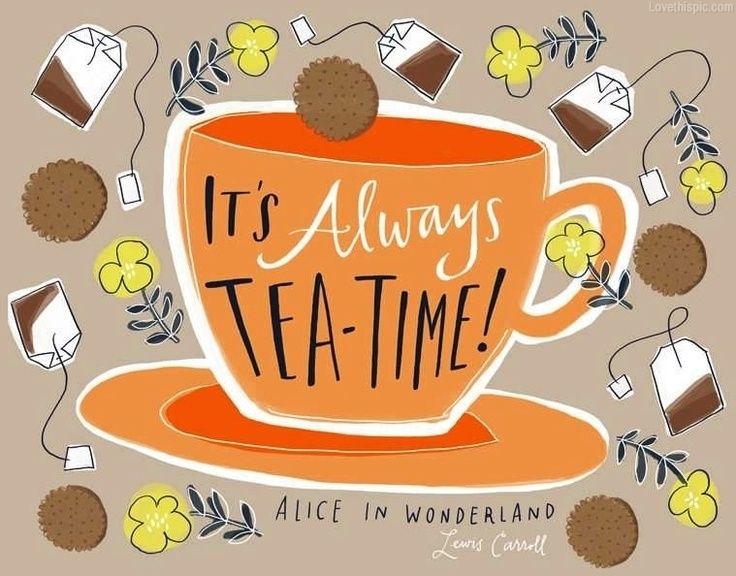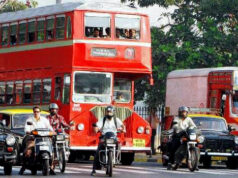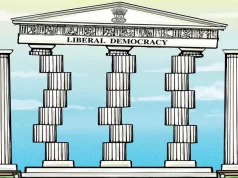Ever wondered the path that your beloved chai charts before reaching your kitchens or you roadside chaiwallah? Are you thinking about beautiful and lush green mountains with people plucking tea leaves? Makes for quite a scenic and happy start to a refreshing beverage, doesn’t it? Let me introduce you to the cobwebbed files and dusty court case files.
The central legislation regulating the tea industry in India is the Tea Act of 1953, which came into effect from 1st April 1954. In 2016-17 alone India produced a record 1250.49 Million Kilograms of Tea making it a valuable source of foreign exchange revenues. According to the Food and Agriculture Organisation (FAO), India was the second largest producer of tea in the world, about 78% of which is consumed domestically. Another factor that makes this industry indispensable to the country is that the industry employs over 3.5 million people, making it the second largest employer in India.
The Tea Act was formulated to regulate the Indian tea industry in accordance with relevant international agreements and to help develop the industry, increase production and marketing of the commodity. The Tea Board was established in 1954 as per the provisions of the Act in 1953 to govern the overall development of the industry in India. Its functions, as defined under Section 10 of the Tea Act include i) increasing production and productivity of tea plantations; ii) improving quality of tea, and promoting co-operative efforts among others.
In recent years, Indian tea industry has become less competitive globally due to ageing tea bushes, which result in a decline in quality and productivity, increasing the cost of production of tea in India. In addition to this, the free trade agreement of the World Trade Organisation (WTO), has led to the price downturn of India’s tea in the world market. The tea market is no longer lucrative for producers as it once was as prices have stagnated in the Rs 125-132/kg range over the past five years.
A major loophole exists in the Section 16E of the Act which states that the centre can authorise any entity to take over control of the tea gardens without investigation, resulting in various legal hassles for the Tea Board. Besides giving a lot of power to the Board, the section is also unclear as to what happens to assets and liabilities of the tea gardens. There is little feasibility of the said section, with respect to taking charge of the management of tea gardens.
Another critique of the Act is the composition of the Board, which is chosen by the government and has no representatives of industry associations or labourers. The Comptroller and Auditor General’s (CAG) performance audit in 2011 highlighted the weak and ‘non-transparent’ internal audits and inspections of the Board. The report also talked about the ineffectiveness of subsidy schemes and poor research which didn’t bear any fruits.
Some of these concerns have been addressed in the 159th Report of the Law Commission released in 2014, which has recommended amendment of the Tea Act, 1953. Some of the recommendations include i) Export management has been taken out of the Board’s given the expiration of the International Tea Agreement in 1956, rendering export quotas useless. ii) Changes in the composition of the board to ensure expertise, stakeholder representation and transparency. iii) Taking into cognisance the interests of small scale growers, who contribute around 35% of tea production, and ensuring a just price for their produce.
There remain various concerns regarding the unchecked powers of the Tea Board and a lack of accountability provisions. Moreover, since the Board is constituted by the Central Government, there is unrestricted interference in the tea industry. Given these flaws, the Act is in desperate need of reconsideration in line with the changing demands of the market and to make India’s tea more competitive globally.
Post Disclaimer
The opinions expressed in this essay are those of the authors. They do not purport to reflect the opinions or views of CCS.






